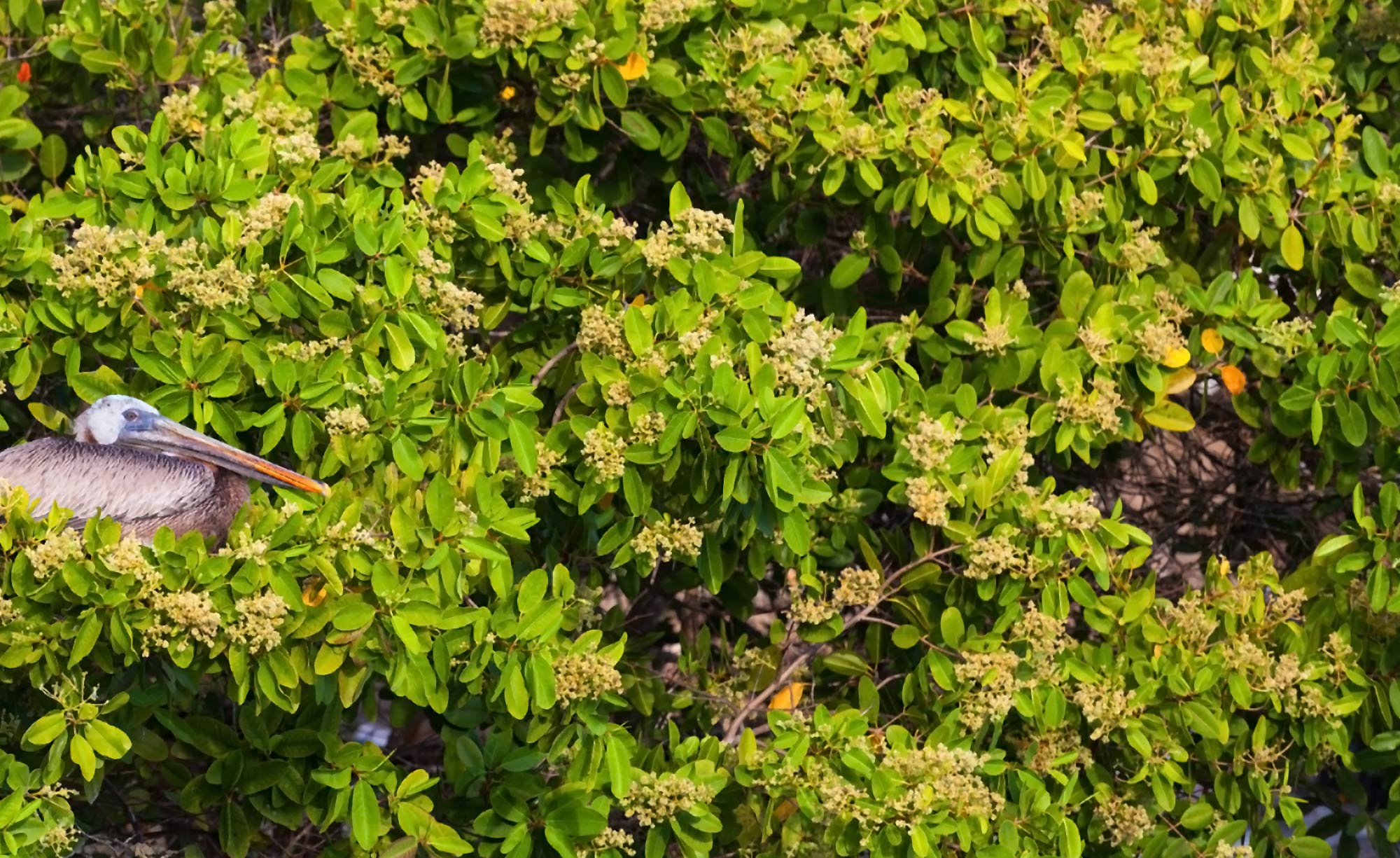The natural environment of Galapagos varies greatly across space. This creates a range of distinct habitats for different plants and animals to live in. In Galapagos, habitats can be classified in many ways. They may be marine or terrestrial, arid or humid and densely vegetated or sparsely vegetated.
Identifying habitat zones
A number of habitat zones can be identified in Galapagos. A habitat zone is an area with similar environmental conditions throughout it. As a result, a habitat zone will be characterised by particular animals and plants that are adapted to live there.
These various habitats are shaped by environmental factors, such as altitude, rainfall and temperature. These factors vary according to distance inland, prevailing winds and the shape of the land or seabed. There are five types of habitat zones in Galapagos: marine, shore, arid, transition and humid. Within these five broad categories, there are a number of different habitats.
Home to different ecosystems
The organisms that live in a habitat zone will create a unique ecosystem in that zone because different species are adapted to live under particular environmental conditions.
Any single habitat zone cannot clearly be defined and there is not often a clear line to be drawn between bordering habitat zones. Where zones overlap, ecosystems will also overlap and species from both zones will interact with one another.



